Introduction to the Atlanta Braves vs Washington Nationals Match Player Stats
The rivalry between the Atlanta Braves and the Washington Nationals is one steeped in history, marked by competitive games and memorable moments that have shaped their encounters throughout Major League Baseball (MLB). This rivalry spans several years, tracing back to when the Nationals arrived in Washington D.C. in 2005 after relocating from Montreal, seeking to establish their identity in the league. The Braves, on the other hand, boast a rich history in baseball, having been a dominant force in the National League since their days in Milwaukee and Atlanta.
Notably, pivotal matchups have defined this rivalry, especially during divisional games where playoff stakes are at their highest. These encounters often see both teams exhibiting their competitive spirit, showcasing players who rise to the occasion. Significant moments, such as dramatic game-winning home runs or pitching feats, are often etched in the minds of fans, creating a thrilling spectacle that elevates the importance of these games in the broader context of MLB. The intensity of their matchups is palpable, resonating with fans and players alike, which further intensifies their rivalry.
Analyzing the statistics during these matchups provides valuable insights into the performance levels of individual players, highlighting how certain athletes excel under pressure. Player stats not only reflect the outcomes but also illustrate the rivalry’s evolution over time. Evaluating these metrics can reveal trends that inform both teams on how to strategize against one another effectively. Overall, understanding the historical context of the Braves and Nationals rivalry enhances the appreciation for the individual performances that contribute to its competitive landscape.
Key Player Performances: Atlanta Braves
In the competitive landscape of Major League Baseball, standout performances can significantly influence the outcome of games. The Atlanta Braves have showcased an array of talented players whose contributions against the Washington Nationals have been pivotal. An examination of key player statistics reveals impactful performances that are essential to understanding the dynamics of these matchups.
Freddie Freeman, for instance, has consistently proven to be a formidable presence at the plate. His batting average against the Nationals is impressive, hovering around .300. This efficiency is complemented by his power-hitting capabilities, as he has recorded multiple home runs in crucial series. Freeman’s on-base percentage remains high, often exceeding .400, which enhances his ability to score runs and drive in teammates during critical moments of the game.
Another vital player, Ronald Acuña Jr., has also made remarkable contributions. Acuña’s blend of speed and power offers unique advantages. His ability to steal bases combined with his home run potential makes him a dual threat. Statistically, Acuña has averaged over 30 home runs per season, and similar performance against Washington shows he can turn games around single-handedly with both his bat and legs.
Moreover, Ozzie Albies has played a crucial role in the Braves’ lineup. As a contact hitter, his batting average is often a solid asset, and when he’s on, Albany’s ability to keep plays alive can lead to game-changing rallies. In critical matchups, his on-base percentage has often exceeded .350, illustrating his capability to reach base efficiently.
These player performances are not merely statistics; they provide insights into the Braves’ strategies and potential for future encounters. Understanding how these players perform against the Nationals can serve as an indicator of the team’s readiness and adaptability in high-pressure situations. The cumulative effect of these key performances underscores the significance of individual contributions and sheds light on the Braves’ tactical outlook.
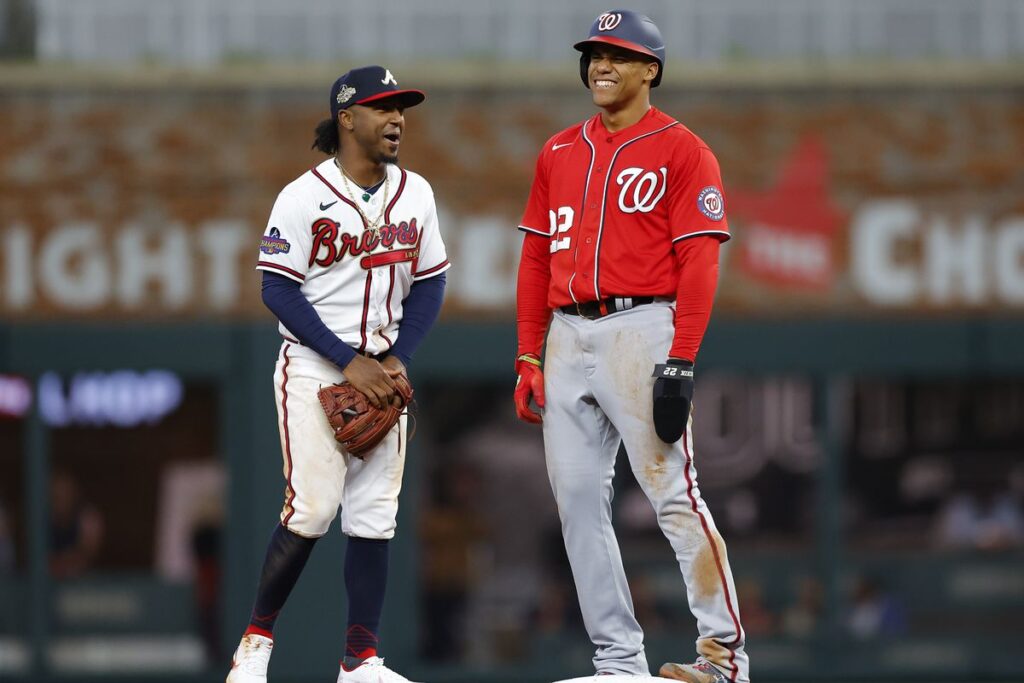
Key Player Performances: Washington Nationals
In assessing the Washington Nationals’ matchups against the Atlanta Braveshttps://techuknewz.co.uk/, several players have consistently stood out, delivering performances that have significantly influenced the outcome of these games. Key statistics such as wins, strikeouts, and runs batted in (RBIs) not only highlight individual excellence but also reflect the overall impact on the team’s performance.
One of the most notable contributors has been the Nationals’ pitching staff, particularly their ace who has routinely shut down the Braves’ bats. Over the past few seasons, this pitcher has accrued an impressive average of over 10 strikeouts per game in matchups against Atlanta, showcasing his ability to dominate in critical situations. His fastball and breaking pitches often render opposing hitters ineffective, allowing him to secure vital wins that bolster the Nationals’ position in the standings.
Offensively, the Nationals have relied heavily on their middle-of-the-order hitters, who have produced pivotal RBIs in games against the Braves. In particular, one standout player has posted an average of .300 against Atlanta, with several crucial home runs that shifted momentum in favor of Washington during key contests. His performance exemplifies the importance of clutch hitting, as he has repeatedly delivered in high-pressure scenarios, driving in runs that have often led to victory.
Moreover, the defensive plays by the Nationals’ outfielders have been indispensable. Their ability to track down line drives and execute perfect throws to home plate has mitigated potential damage during critical matchups. This defensive prowess complements their pitching, contributing to the overall effectiveness of their strategy against the Braves. Understanding these performances provides insight into the competitive nature of the rivalry between the Nationals and Braves, illustrating how individual players can influence game outcomes significantly.
Comparative Analysis of Player Stats: Future Matchup Insights
The forthcoming matchups between the Atlanta Braves and the Washington Nationals present an intriguing opportunity to analyze the player statistics from both teams. By examining recent performance metrics, one can identify trends that may influence the outcomes of future contests. The Atlanta Braves have recently demonstrated solid offensive capabilities, with key players such as Ronald Acuña Jr. and Ozzie Albies consistently contributing to their batting averages and on-base percentages. Their collective power-hitting ability places them among the most formidable teams in Major League Baseball.
On the other hand, the Washington Nationals have shown resilience despite fluctuating statistics. Players like Juan Soto provide crucial offensive support, but the team as a whole has encountered challenges in maintaining consistent hitting and run production. Monitoring these trends reveals that while Soto’s individual performance tends to shine, the overall team dynamics require further strengthening. A comparative analysis of the pitcher’s statistics also indicates that the Braves possess a more robust starting rotation, bolstered by pitchers with low earned run averages (ERAs), which tends to inhibit scoring opportunities for opposing teams.
As both teams prepare for their upcoming matchups, it is essential to consider not only their historical data but also recent performances leading up to these games. For instance, the Braves’ strong batting lineup could exploit the Nationals’ pitching weaknesses, particularly if trends of high strikeout rates and elevated opponent batting averages persist. Furthermore, the effectiveness of bullpen pitchers for both teams could play a pivotal role; any fatigue or underperformance could lead to crucial late-inning runs. Overall, through the lens of statistical analysis, one can derive nuanced insights that will undoubtedly shape the competitive landscape of these future contests.
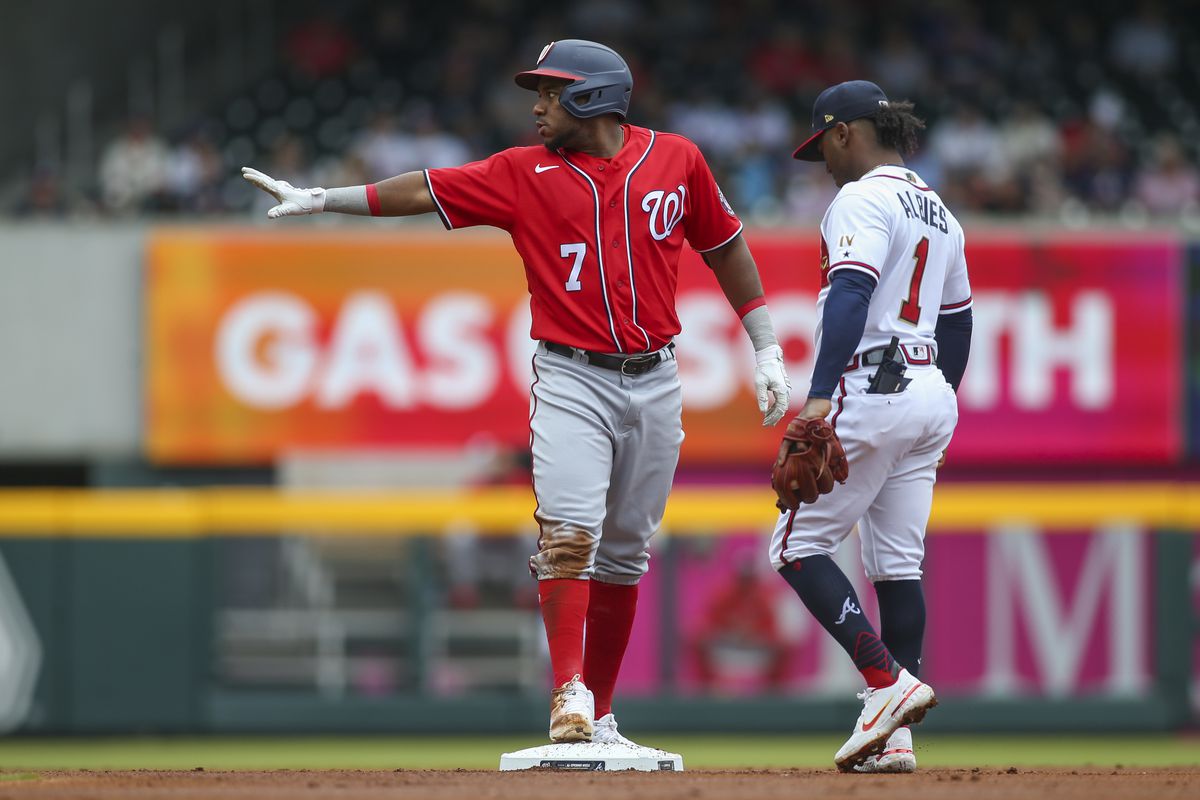


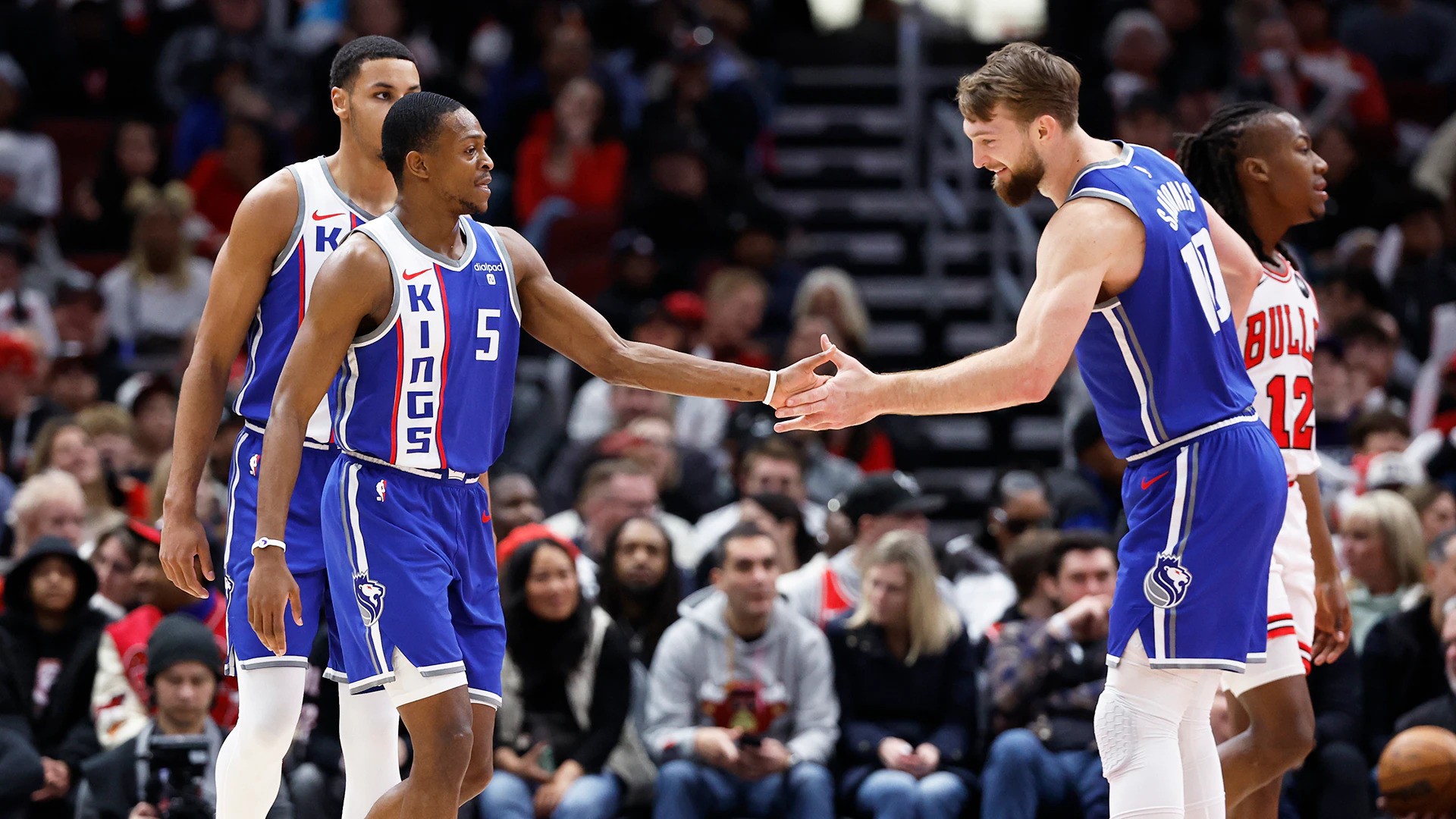
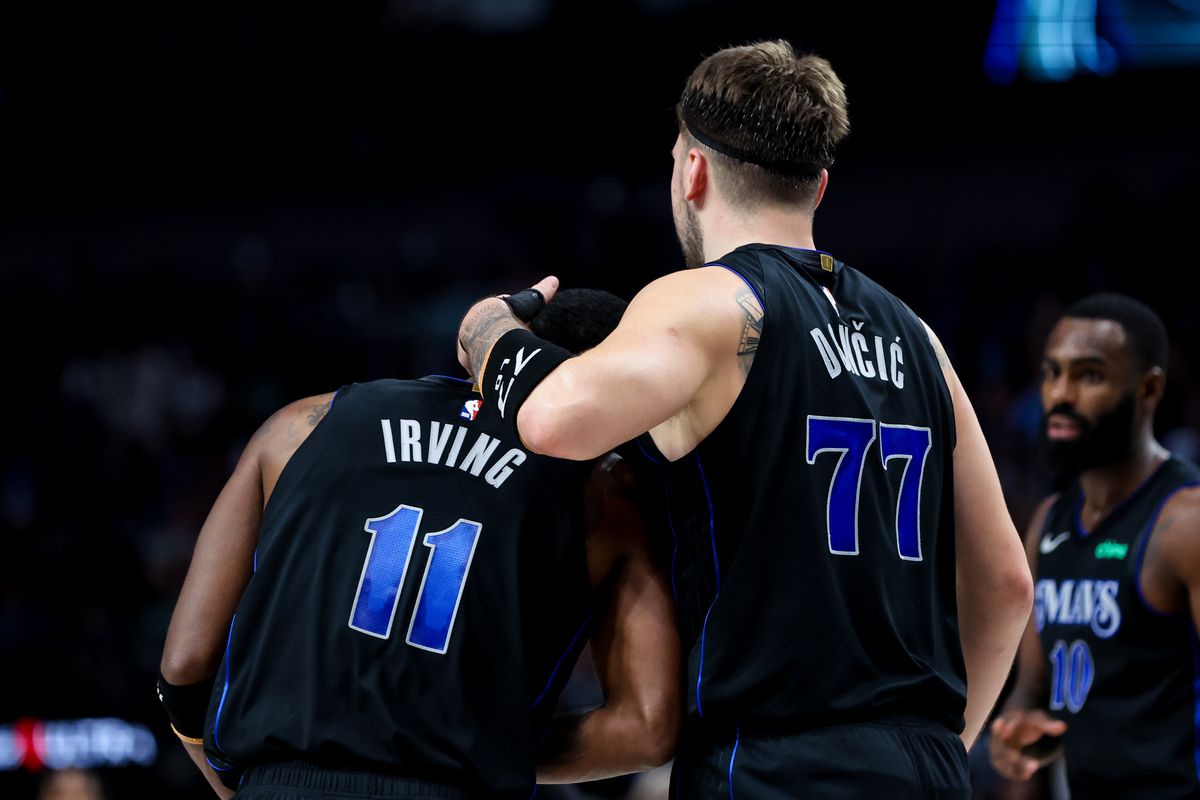



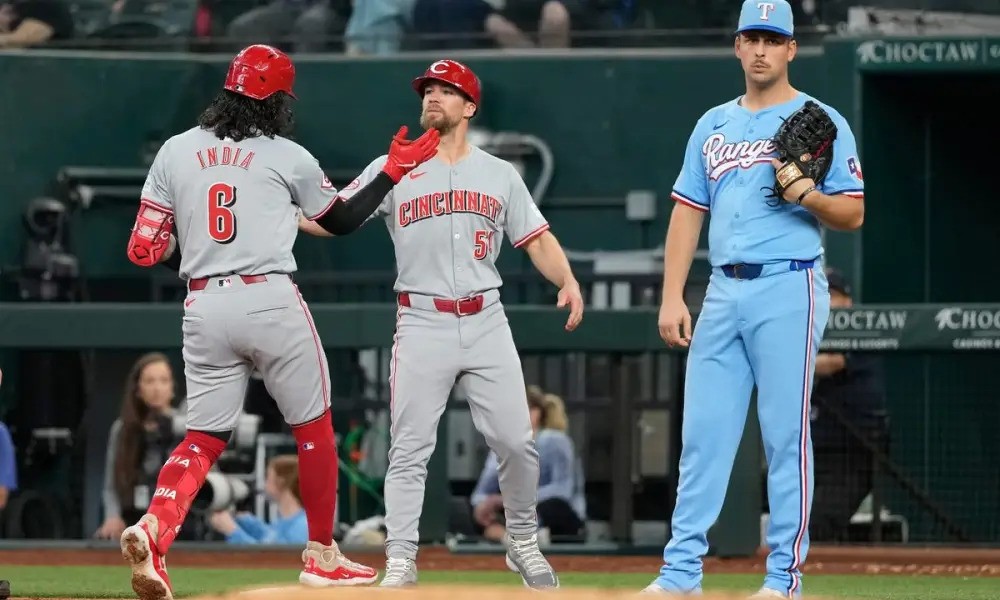
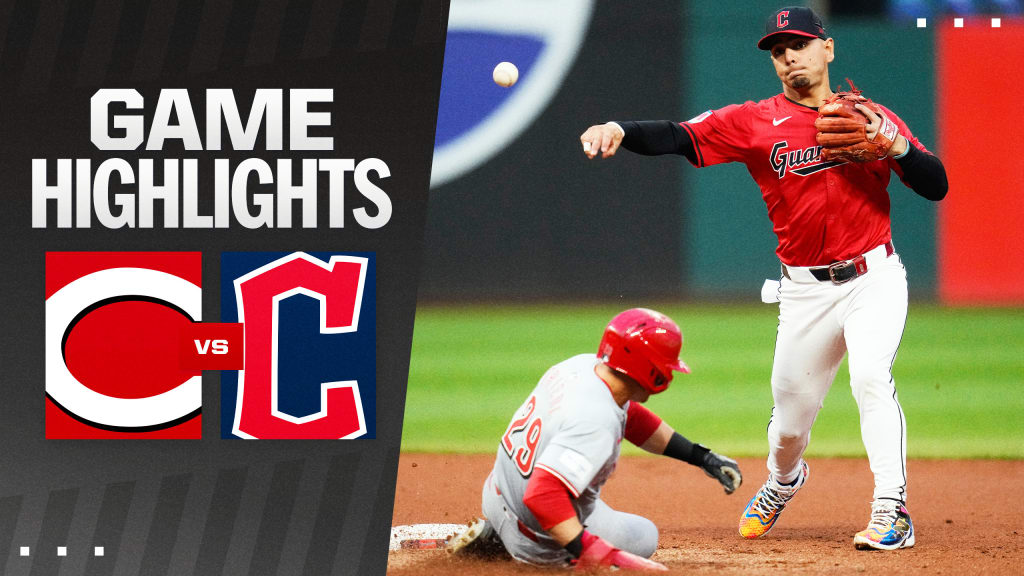
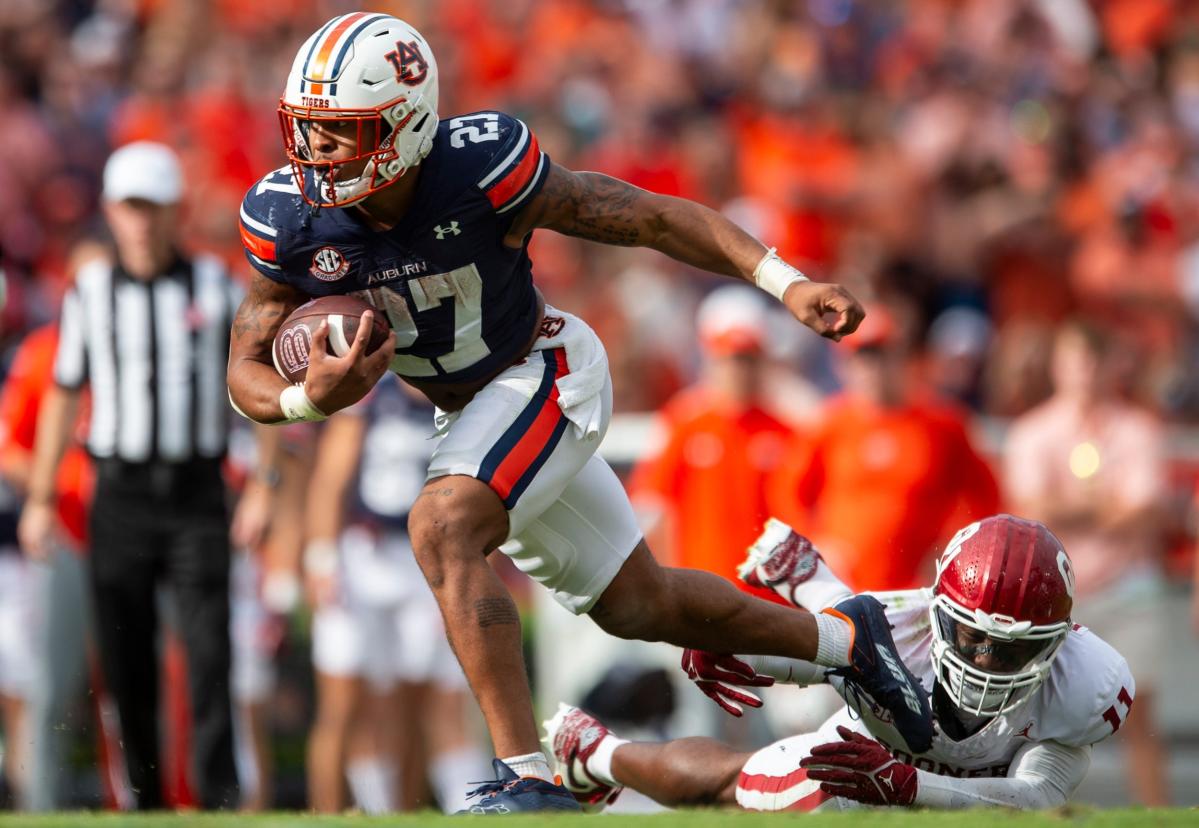



Leave a Reply